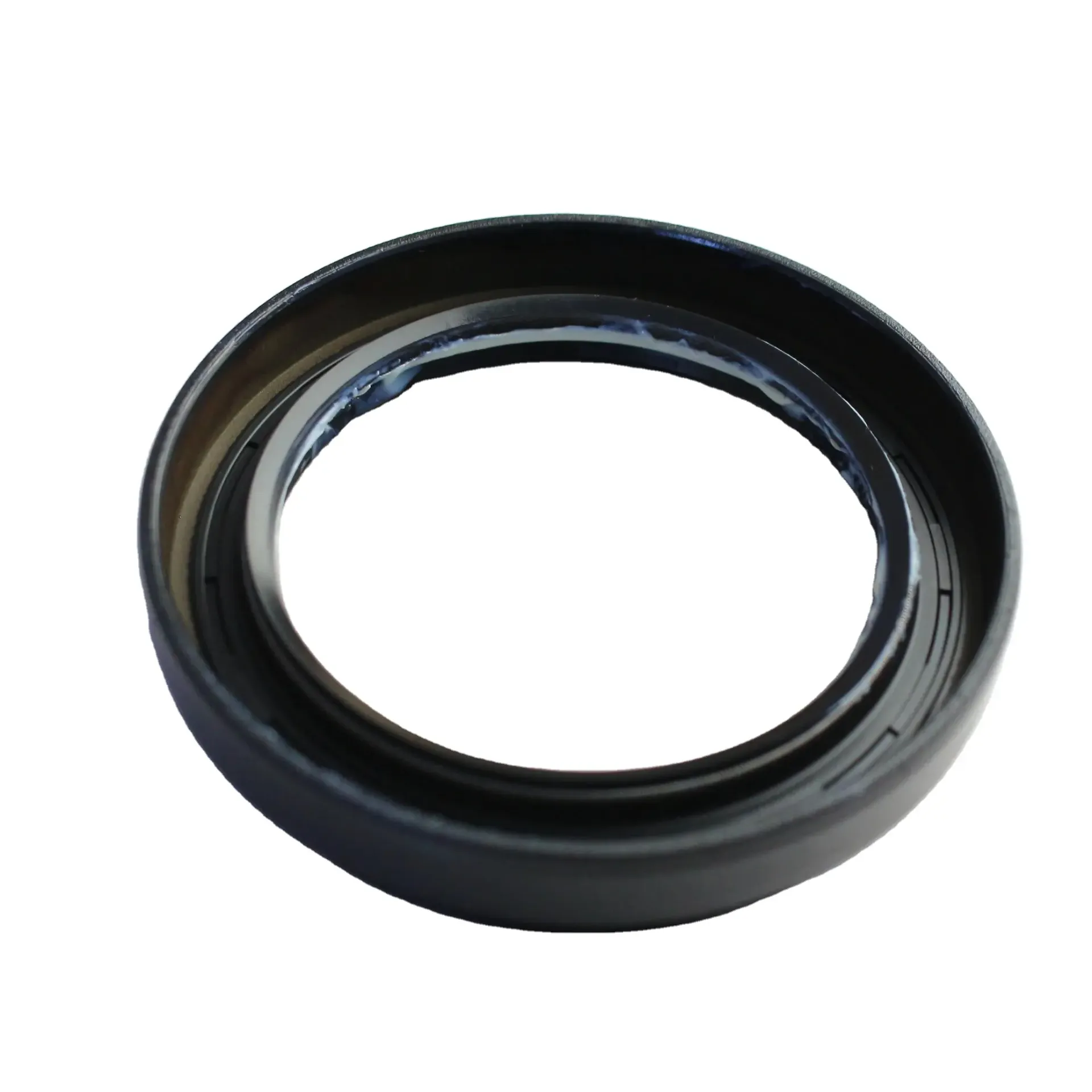Understanding Rear Axle Wheel Seals for Optimal Vehicle Performance and Maintenance
Understanding Rear Axle Wheel Seals Importance and Maintenance
The rear axle wheel seal is a crucial component in a vehicle’s drivetrain system, playing a vital role in maintaining the efficiency and longevity of the axle assembly. This component is primarily designed to keep lubricating oil within the axle housing while preventing contamination from external elements such as dirt, water, and debris. Understanding the function, importance, and maintenance of rear axle wheel seals can help vehicle owners ensure optimal performance and reliability.
Function of Rear Axle Wheel Seals
The primary function of rear axle wheel seals is to prevent the leakage of lubricant from the axle housing. Lubricants, typically gear oil or similar substances, are essential for reducing friction between moving parts, ensuring smooth operation and preventing excessive wear. If the seal fails, the lubricant can leak out, leading to insufficient lubrication of critical components. This can result in overheating, increased friction, and ultimately, severe damage to the axle and differential assembly.
In addition to containing the lubricant, these seals are crucial for keeping contaminants out. Given the location of the rear axle, it is often exposed to adverse conditions—including exposure to water, mud, and various debris. A properly functioning wheel seal acts as a barrier, preventing these contaminants from entering the axle assembly, thereby safeguarding the mechanical integrity of the vehicle.
Importance of Wheel Seal Maintenance
Neglecting the maintenance of rear axle wheel seals can lead to significant problems. Early signs of failure might include oil leakage around the wheels or unusual noises coming from the axle area. If left unaddressed, these issues can escalate into costly repairs. Regular inspections of the seals as part of routine vehicle maintenance can help identify wear and tear before they become serious problems.
rear axle wheel seal

If a seal is found to be leaking, it’s essential to replace it promptly. The replacement process typically involves removing the wheel and the associated braking components to access the seal. Although some vehicle owners may attempt this repair themselves, it is often recommended to seek professional assistance to ensure proper installation and avoid further complications.
Selecting Quality Replacement Seals
When it comes time to replace rear axle wheel seals, selecting high-quality parts is imperative. Not all seals are created equal, and inferior components can lead to premature failure. Vehicle owners should look for seals that meet or exceed OEM (Original Equipment Manufacturer) specifications. This ensures that they are getting a part that is designed to provide a proper fit and function.
In addition to quality, it’s also important to consider the type of lubricant being used. Different axle designs may require specific types of oil, and using the wrong lubricant can affect the performance of the seal and the axle as a whole.
Conclusion
The rear axle wheel seal, while often overlooked, plays a pivotal role in the overall efficiency and longevity of a vehicle’s drivetrain. By understanding its functions and the importance of proper maintenance, vehicle owners can take proactive steps to ensure their vehicles remain in peak operating condition. Regular inspections, quality replacements, and timely repairs can save drivers from costly breakdowns and extend the life of their vehicles significantly. In the world of automotive maintenance, a simple seal can make a big difference.
-
Understanding the Front Main Engine Seal: Purpose, Maintenance, and Installation
News Jul.29,2025
-
Understanding O-Rings and Seal Rings: Types, Applications, and Custom Solutions
News Jul.29,2025
-
Understanding Crankshaft Oil Seals: Rear Seals, Pulley Seals, and Their Role in Engine Integrity
News Jul.29,2025
-
The Importance of Front and Rear Crankshaft Seals in Engine Performance and Oil Management
News Jul.29,2025
-
Crank Oil Seals: Functions, Types, and Cost Considerations in Engine Maintenance
News Jul.29,2025
-
A Comprehensive Guide to O-Rings and Seals: Types, Materials, and Global Applications
News Jul.29,2025
-
Mastering Diesel and Performance Engine Maintenance: A Guide to Critical Oil Gaskets
News Jul.28,2025
Products categories















